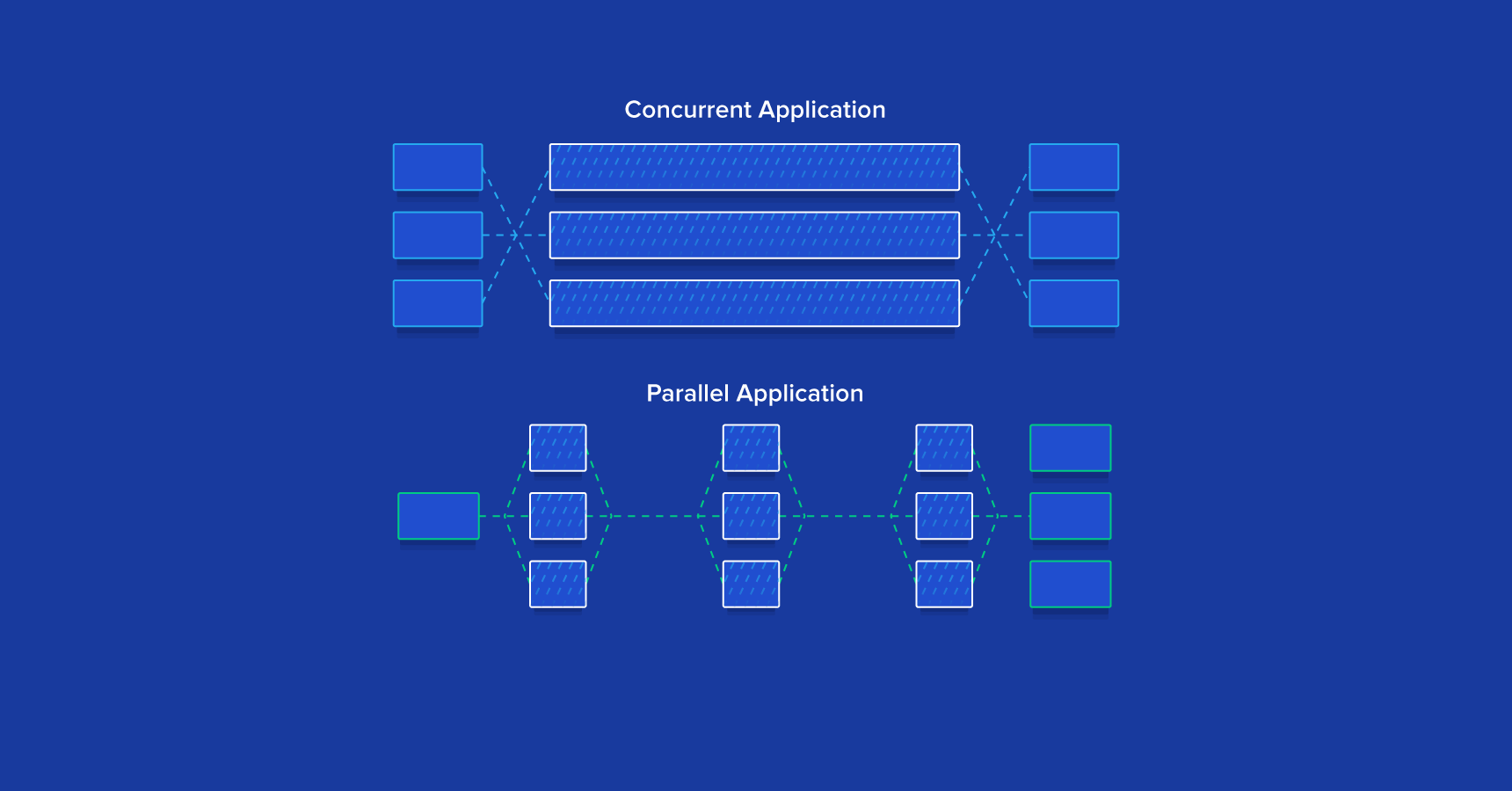How Sequel and Sinatra Solve Ruby’s API Problem
The rise of the web and mobile applications has led to an increased need for back-end API services. Ruby on Rails’ philosophy seemingly makes it the ideal framework for creating back-end APIs. However, using Rails only for the API is overkill.
In this article, Freelance Software Engineer Boško Ivanišević explores alternatives to Rails and introduces us to two very mature and powerful gems, Sinatra and Sequel, which in combination provide powerful tools for creating server-side APIs.

Boško Ivanišević
Social Network APIs: The Internet’s Portal to the Real World
Many social networks provide APIs that enable the development of apps that expand their functionalities and grant access to user data and insights. This article compares popular social media APIs and gives examples of how to use them.

Behsaad Ramez
Hunting Down Memory Issues In Ruby: A Definitive Guide
Memory issues in programs can be quite frustrating whether you’re the user or the developer attempting to solve the problem. In Ruby, the garbage collector plays a vital role in managing your program’s memory so that you can focus on other important things. However, it is often possible to overwhelm the garbage collector or end up with sneaky resources that cannot be freed, which can lead to all sorts of memory issues.
In this article, Toptal Freelance Software Engineer Bruz Marzolf explains why certain memory issues arise in Ruby applications and how to tackle them easily.

Bruz Marzolf
How to Set Up a Microservices Architecture in Ruby: A Step-by-Step Guide
Microservices are one of the latest trends in software design. In a microservices architecture, the classic monolithic back-end is substituted by a suite of distributed services. This design allows better separation of responsibilities, easier maintenance, greater flexibility in the choice of technologies for each service, and easier scalability and fault tolerance.
In this article, Toptal Freelance Software Engineer Francisco Temudo guides us in a step-by-step tutorial on how to build a microservices suite using Ruby.

Francisco Temudo
Grape Gem Tutorial: How To Build A REST-Like API In Ruby
In this tutorial, Toptal Engineer Orban Botond demonstrates how to use the Grape gem – a REST-like API micro-framework for Ruby – to build backend support in Rails for a JSON API. Grape is designed to run as a mountable rack engine that complements your web applications without interfering with them.

Botond Orban
Building a Color-based Image Search Engine in Ruby
With modern image editing tools, we often take for granted the ability to extract or identify color on some part of any image. However, doing it programmatically is not exactly so straightforward. Camalian, a Ruby gem, changes that, making extracting and manipulating colors in an image as easy as possible. In this article, Toptal engineer Nazar Hussain provides some insight into how various color spaces work, introduces Camalian, and gives an overview of how to use it to build a color-based image search engine in Ruby.

Nazar Hussain
Ruby Metaprogramming Is Even Cooler Than It Sounds
Ruby metaprogramming, one of the most interesting aspects of Ruby, enables the programming language to achieve an extreme level of expressiveness. It is because of this very feature that many gems, such as RSpec and ActiveRecord, can work the way they do. In this article, Toptal engineer Nikola Todorovic demystifies Ruby metaprogramming using some examples that are relevant to everyday programming and aims to bring it closer to average Ruby developers.

Nikola Todorovic
Meet Volt, A Promising Ruby Framework For Dynamic Applications
In an attempt to make web applications a lot more dynamic, front-end Javascript frameworks like Angular.js, Backbone.js and Ember.js have gained a lot of popularity. However, these frameworks often require a back-end application to be useful, so they are used in conjunction with web frameworks like Ruby on Rails and Django.
On the other hand, Volt is capable of managing the back-end and a dynamic front-end; since both functionalities are tightly integrated into its core.

Amaury Andres Peniche Gonzalez
Ruby Concurrency and Parallelism: A Practical Tutorial
A thorough and practical introduction to concurrent and parallel programming in Ruby, presenting and contrasting a number of techniques and options available, from the standpoints of both performance and complexity. Discusses forking, multithreading, the Global Interpreter Lock (GIL), and more.

Eqbal Quran
World-class articles, delivered weekly.
Toptal Developers
- Algorithm Developers
- Angular Developers
- AWS Developers
- Azure Developers
- Big Data Architects
- Blockchain Developers
- Business Intelligence Developers
- C Developers
- Computer Vision Developers
- Django Developers
- Docker Developers
- Elixir Developers
- Go Engineers
- GraphQL Developers
- Jenkins Developers
- Kotlin Developers
- Kubernetes Experts
- Machine Learning Engineers
- Magento Developers
- .NET Developers
- R Developers
- React Native Developers
- Ruby on Rails Developers
- Salesforce Developers
- SQL Developers
- Sys Admins
- Tableau Developers
- Unreal Engine Developers
- Xamarin Developers
- View More Freelance Developers
Join the Toptal® community.








